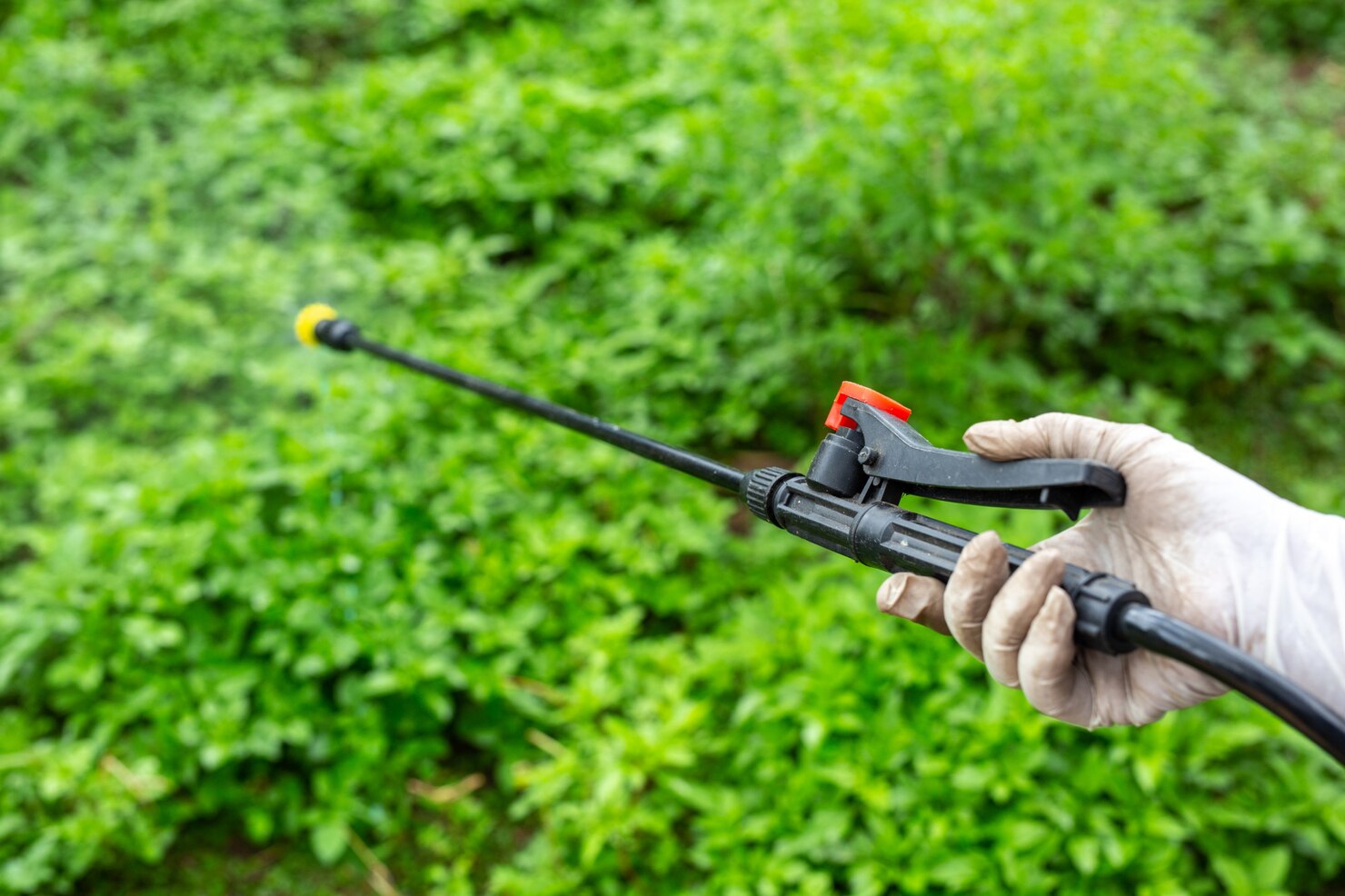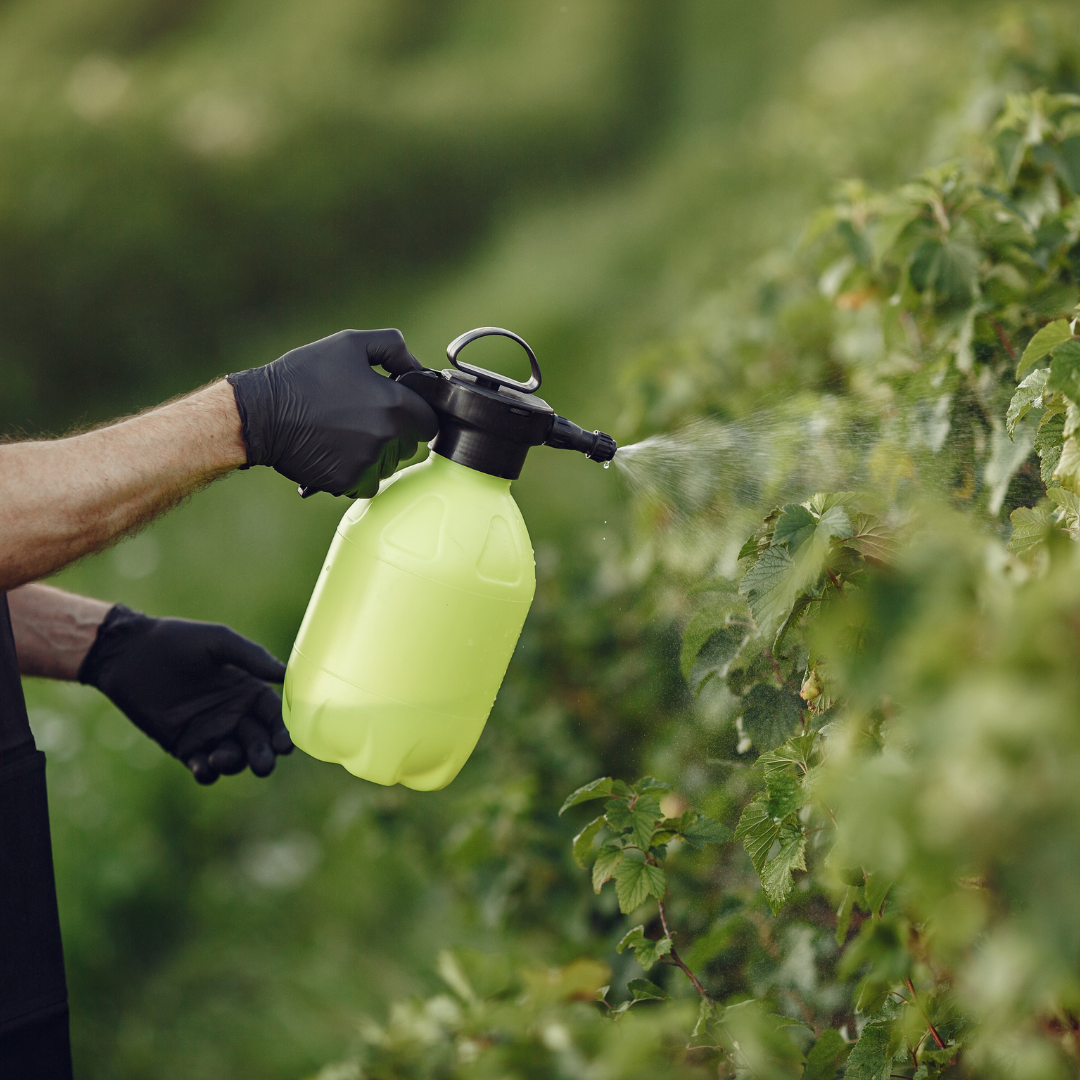
23 Oct When Is the Best Time to Apply Tick Control Lawn Treatments for Maximum Protection?
Ever felt that creepy little tick crawling up your leg? You freeze. You panic. You know you are not alone. Ticks are more than annoying. They carry diseases nobody wants. That is why tick control lawn treatment is not something to think about someday. It is something you do at the right time.
Timing matters. Missing it is like awarding ticks at the dinner table. Do it right, and your yard is a safe haven of family, pets, and friends.
Why Timing Matters
Ticks are not lazy. They have a schedule. Spring means wake-up time. Summer is peak hunting. Fall, they are still hungry. In winter, they are mostly dormant. Spraying randomly is a waste of money, effort, and time.
Tick treatments for yard work best when timed correctly. Early enough to stop them before they multiply. Not so early that the treatment wears off before they even show up. Right timing is everything.
Early Spring: First Strike
March to April is when adult ticks wake up. They move, climb grass, and wait for a warm body.
This is your first opportunity for tick control lawn treatment. Target shaded and moist areas. Ticks love these spots. Treat them now, and summer becomes safer.
Focus on edges. Where your yard meets woods, fences, or shrubs is where ticks hide. Treat those spots first.
Late Spring to Early Summer: Peak Time
Late May through June is tick chaos. Nymph ticks appear. They are tiny, almost invisible, and dangerous. They are the main carriers of Lyme disease.
This is your second round of tick treatments for the yard. Treating now is like building a protective wall around your yard. It is your best shot at stopping ticks when they are most active.
Edges still matter. Ticks love borders. Cover them well.
Summer: Keep Them in Check
July and August are tricky. Heat and dryness reduce some ticks. Others are still hunting. A light, targeted tick control lawn treatment keeps them in check.
Summer is maintenance mode. You are not starting a war. You are preventing one. Mow your lawn, trim shrubs, and make sure previous treatments worked.
Fall: Last Round
Adult ticks remain active in September and October. Early fall is your final chance to defend your yard.
A well-timed tick control lawn treatment reduces the number of ticks that survive the winter. Fewer ticks next spring means an easier start. Fall treatment also helps control mosquitoes and other pests.
Don’t Forget Pets
Pets do not follow schedules. They explore your yard like it is a playground. That makes them prime tick targets.
When planning tick treatments for the yard, consider pet safety. Follow product instructions. Application of pet-safe barriers or spot-on treatments is required. Secure your pets and secure your yard.
Signs You Might Need Extra Treatment
Sometimes, you do everything right, and ticks still show up. You may need another treatment if:
- You spot ticks more than once a week.
- Family members or pets have bites despite previous treatments.
- Your yard borders woods or tall grass that never ends.
Extra treatments are not a failure. They are a strategy. Ticks are persistent. You need to be, too.
DIY or Call the Pros
Sure, DIY is tempting. Grab a spray and you are done, right? Not really. Timing, coverage, and technique matter. Miss a spot and the ticks laugh at you.
Professional help like Neverdousky Brothers, LLC changes the game. They know the when, the where, and the what. You get peace of mind. Your family, your pets, and your yard are all protected.
Tips for Maximum Effectiveness
- Mow regularly: Short grass means fewer hiding spots.
- Trim shrubs and bushes: Ticks hate sunlight.
- Remove leaves and debris: Piles are tick heaven.
- Create dry zones: Ticks thrive in moist areas.
- Follow a treatment schedule: early spring, late spring, mid-summer, early fall.
This way, you will have a tick-free environment sooner than anticipated in your yard.

When to Call Neverdousky Brothers, LLC
Timing, technique, and product choice matter. Do not wait until a tick is on your child. Neverdousky Brothers, LLC can plan, spray, and follow up. You can enjoy your yard without stress.
Call today and protect your yard for a safe season of play.
Conclusion
Ticks are tricky, persistent, and sneaky. Timing your tick control lawn treatment makes all the difference. Late spring, early spring, mid-summer, early fall. Break down those windows, and your house is a stronghold.
Prevention beats reaction every time. Do not wait for the bite. Call Neverdousky Brothers, LLC today. Secure your family, pets, and your yard. It is possible to enjoy a safe yard when you are ahead of the ticks.
FAQs
When to apply tick control?
Start in early spring before ticks wake up. Hit late spring, mid-summer, and early fall too. Timing right keeps your yard safe and stress-free.
When is the best time to treat your lawn for fleas and ticks?
Early spring and late spring are prime. Follow up in summer and early fall. Treating now stops pests before they take over.
When is the best time to put insecticide on your lawn?
Spray when pests are active. Grass dry, temps moderate. Avoid heat or rain. Hit it right, and your treatment actually works.
What’s the worst time of year for ticks?
Late spring to early summer. Tiny, sneaky nymph ticks are everywhere. That’s when your tick treatments for the yard really need to happen.



